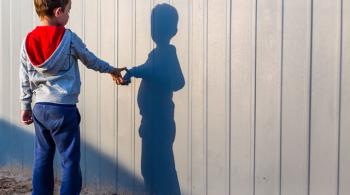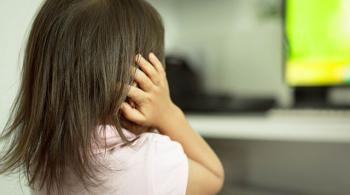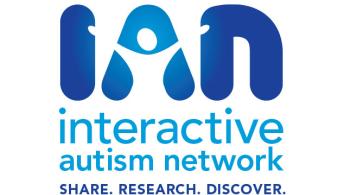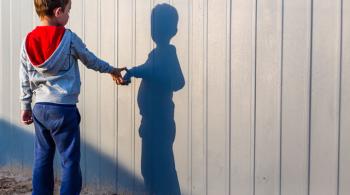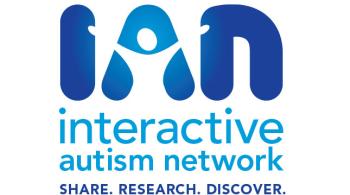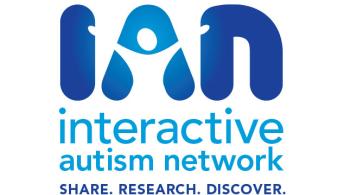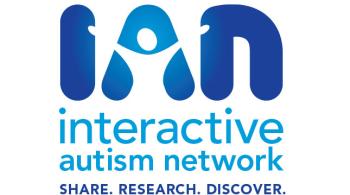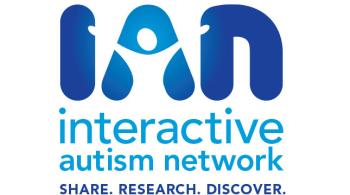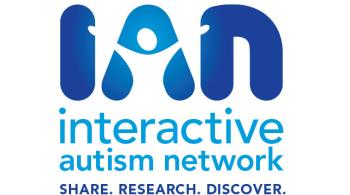Marina Sarris
Interactive Autism Network
Date Published: November 15, 2018
One in four youth with autism who had been admitted to a hospital for psychiatric care had a history of being abused, according to a recent study.
Almost 100 of the 350 people studied had previously experienced physical, emotional or sexual abuse, as reported by a parent or caregiver. Seven of those youth developed Post-traumatic Stress Disorder (PTSD), a psychiatric condition that is caused by abuse and violence.1
The study involved children and teenagers in the Autism Inpatient Collection research project, or AIC. The project has enrolled youth ages 4 to 20 who have been admitted to one of six hospitals in the United States for specialized psychiatric care. Overall, these children and teenagers fall along "the severe end of the spectrum."2 Half speak few or no words, 40 percent have intellectual disability, and most have challenging behaviors, such as physical aggression or self-injury, according to AIC researchers.3
Child psychiatrist Matthew Siegel, a lead investigator in the AIC project, called the rate of abuse "sad." Unfortunately, the high rate is not surprising, he said. That's because earlier studies have found that children with disabilities were more likely to be abused or neglected than other children.4,5
For example, a 2000 study in Nebraska found that 9 percent of typically-developing children had been abused or neglected, compared to 31 percent of children with disabilities.5 In 2015, a different study found that children with autism, along with youth with other disabilities, were more likely to be physically abused than children who did not have a disability.6
Abuse can trigger symptoms of PTSD, such as nightmares, flashbacks, sadness, fear or anger. Originally associated with war veterans, PTSD can affect anyone who has experienced a traumatic or violent event, such as an assault, a natural disaster, or a serious accident.7
Doctors, psychologists and counselors do not yet have any scientifically-proven tools for screening and treating children with autism who develop PTSD from abuse, according to the AIC researchers. They launched their study to better understand how trauma affects those youth – a first step toward creating the tools needed to diagnose and treat PTSD among them.1
Separating Symptoms of Trauma From Autistic Symptoms
To complicate matters, some signs of psychological trauma resemble symptoms common to autism, such as:
- repetitive behaviors
- trouble with social interactions
- being overly sensitive to input from one's senses, such as sound or touch
- difficulty sleeping
- sudden or large changes in mood.1
Such overlap could make it harder to spot PTSD in youth with autism, according to the research team, led by Jamie Brenner, a clinical psychologist in Denver.1
Dr. Brenner said her interest in learning more about PTSD in autism grew out of her work with patients who had psychological trauma.
"Before I specialized in the treatment and assessment of ASD, I focused on the treatment of psychological trauma," she explained in an email. "Throughout my clinical experience with individuals with ASD, I noticed a high incidence rate of maltreatment and subsequent trauma. I also became aware of the difficulties in differential diagnosis because of the overlap in symptoms between ASD and PTSD, which was challenging when conducting psychological evaluations."
Differential diagnosis refers to the process of finding the correct diagnosis for symptoms that may be found in different conditions.
For this study, AIC researchers compared the 99 youth with a history of abuse to the 251 with no such history. Those who had experienced abuse were more likely to have intrusive thoughts, bad memories, irritability, a lack of energy, and a loss of interest in activities.1
Seven of the 99 youth who had been abused received a diagnosis of PTSD, according to the study.1 Those seven had "significantly greater amounts of fearful behavior and temper tantrums" than than the others who had experienced abuse. Those two symptoms may be "red flags" for doctors evaluating youth with autism who have experienced abuse, the researchers said.1
Finding a Low Rate of PTSD in Abused Youth With Autism
Researchers do not know why relatively few of the abused youth developed PTSD. "While it is well documented that not every individual who experiences a traumatic event goes on to develop PTSD, the interplay between vulnerability and resilience is not well researched in individuals with ASD," said Dr. Brenner, who worked at Children's Hospital Colorado, one of the six hospitals in the AIC study.
"For individuals in our study, the difference between reported trauma and PTSD diagnosis seems large. We can only theorize as to why this might be," she said. It's possible that the youth had more trouble communicating their symptoms, that they might be more resilient than others, or that doctors may have had trouble separating the symptoms of autism from signs of PTSD, she explained.
Researchers said they could not tell if children with autism are more or less likely to develop PTSD after a trauma, because they were not able to compare them to typically-developing children who also experienced abuse.
Could The Abuse Rate Be Higher Than Reported?
The researchers noted that it is possible that the rates of abuse are higher than reported in this study.
For example, the study said, some caregivers may not have told researchers about past incidents of abuse. And some youth, who have limited speech, may not have been able to tell anyone they had been abused. "We worry about that. For the kids who are minimally verbal, how do we know? So it’s a huge issue," said Dr. Siegel, the AIC researcher who also directs the Developmental Disorders Program at Spring Harbor Hospital, an AIC site.
Additional Resources:
- Autism Speaks has an article on "Recognizing and Preventing Abuse" in people with autism
- The U.S. government's Child Welfare Information Gateway has publications, tools and resources: 1-800-394-3366
- State Child Abuse and Neglect Reporting Numbers
- A U.S. government website, "Statistics on Abuse and Neglect of Children With Disabilities," provides links to studies by researchers on abuse rates.
- The article, "What is Posttraumatic Stress Disorder?", from the American Psychiatric Association describes PTSD. The website has a tool to help people find a psychiatrist in their area.
- To learn more about the Autism Inpatient Collection, a project of the Simons Foundation Autism Research Initiative (SFARI), please visit the SFARI website.
References:
- Brenner, J., Pan, Z., Mazefsky, C., et al. (2018) Behavioral symptoms of reported abuse in children and adolescents with autism spectrum disorder in inpatient settings. J Autism Dev Disord. 48(11), 3727-3735.
- Siegel M. (2018) The severe end of the spectrum: Insights and opportunities from the autism inpatient collection (AIC). J Autism Dev Disord. 48(11), 3641-3646.
- Siegel, M., Smith, K.A., Mazefsky, C., et al. (2015) The autism inpatient collection: methods and preliminary sample description. Molecular Autism 6:61. DOI 10.1186/s13229-015-0054-8
- Stalker, K. and McArthur, K. (2012) Child abuse, child protection and disabled children: a review of recent research. Child Abuse Review, 21(1), 24-40. http://dx.doi.org/10.1002/car.1154. Report.
- Sullivan, P.M., Knutson, J.F. (2000) Maltreatment and disabilities: A population-based epidemiological study. Child Abuse and Neglect. 24(10), 1257-1273. DOI: 10.1016/S0145-2134(00)00190-3. Abstract
- Hall-Lande, J., Hewitt, A., Mishra, S. et al. (2015) Involvement of children with autism spectrum disorder (ASD) in the children protection system. Focus on Autism and Other Developmental Disabilities. 30(4), 237-248. Abstract.
- American Psychiatric Association. (2017, January) What Is Posttraumatic Stress Disorder? Retrieved from https://www.psychiatry.org/patients-families/ptsd/what-is-ptsd

